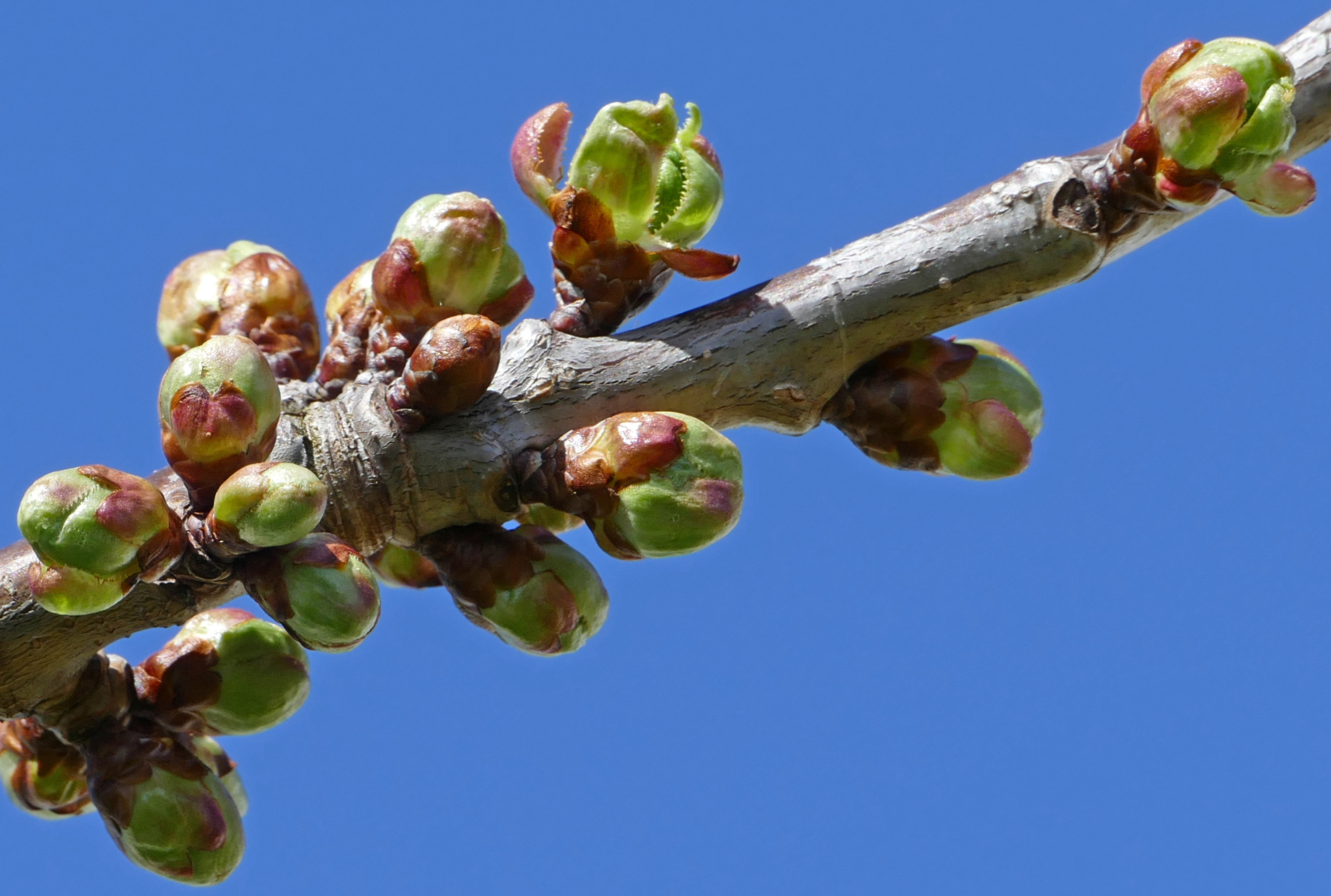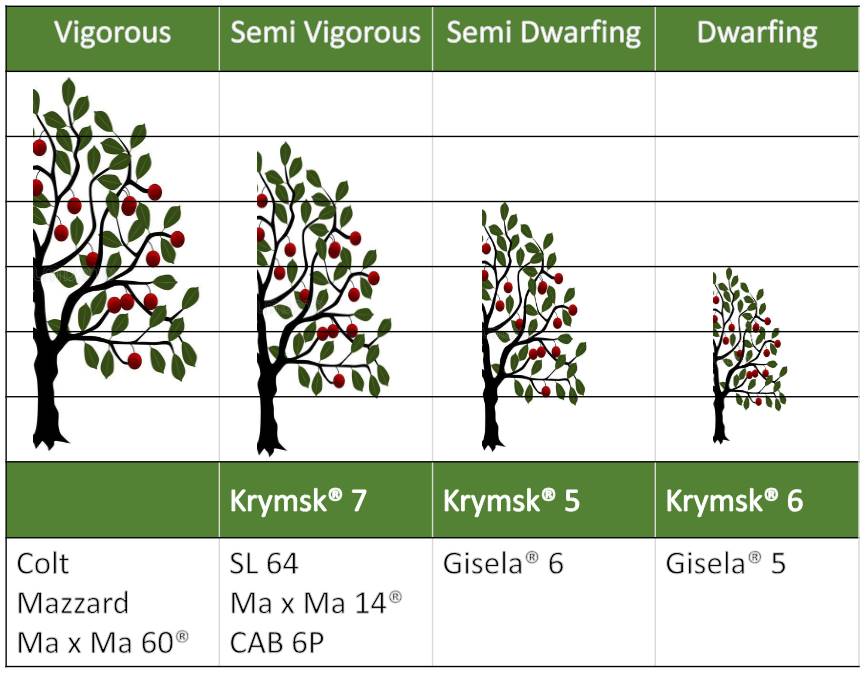The cherry industry currently faces headwinds in every fruit crop, including increases in labour and other input costs, growing competition in the global market, supply chain disruptions, inflation, development pressures and an ageing grower population.
A particular case of uncertainty is evident in the cherry sector, where price inconsistency, import pressure and weather-related crop losses create significant challenges. Sour cherry losses due to climate change and the limited geographical extent of the sector have become more frequent.
Lake Michigan, which once offered protection from extreme weather conditions, is no longer as reliable as in the past. Spring frosts have compromised crucial harvests, including an alarming period in 2020 and 2021, marking the first time in Michigan history with two consecutive low harvests.
Since 2012, cherry growers have had access to crop insurance to manage losses. However, the fluctuating size of harvests worries business, with the chairman of the Cherry Industry Administrative Board fearing the loss of price stabilisation mechanisms, especially after the dissolution of the CherrCo cooperative in 2018.
The lack of price stability worries buyers, with the chairman of the Cherry Industry Administrative Board warning that constantly fluctuating prices are not conducive to sales. The CherrCo cooperative, previously responsible for stabilising the price of frozen cherries, was dissolved in 2018, adding further uncertainty to the industry.
The decline in the size of the cherry industry is evident, with Michigan experiencing a decline in acres under cultivation and in the number of growers and processors. The reduction in processors complicates the situation for independent growers, who complain of a lack of pricing power.
Low-priced imports of cherry products from other countries have further aggravated the sector's difficulties. However, a recent finding revealed that import estimates may have been overestimated, although competition remains a significant problem.
Read the full article: Good Fruit Grower
Cherry Times - All rights reserved










